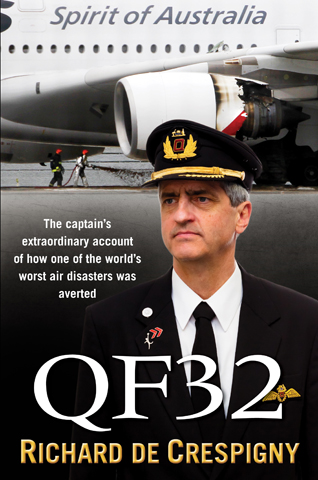Note: … this blog is being updated as more information comes to hand ….
I have just returned home from a trip and am amazed to see the many remarkable car dashboard-cams of the meteorite that impacted near Chelyabinsk, Russia:
- Click here if you have not seen these videos (the third is shocking)
- this video is terrifying
- Broken glass everywhere.
Guesstimate (Saturday morning)
I was interested to guesstimate the speed of the meteorite and since pilots love mental dead reckoning and calculations on the back of an envelopes, I came up with an approximate meteoroid speed of 35,000 kilometers per hour, 22,000 miles per hour (or Mach 28 at sea level) based upon the following guesses:
- Start of asteroid trail (in atmosphere) at an altitude of about 200,000 feet (very rough guess. this figure could easily be raised to 300,000 feet which would almost double the speeds above).
- End of effective asteroid trail (when it explodes) at about an altitude of at least 90,000 feet (very rough guess) 9 seconds later. (at least 90 seconds from overfly to sonic boom)
- Angle of descent at about 22 degrees (very rough guess as I was not able to estimate if it was abeam, approaching or retreating)
The International Space Station orbits the Earth at about 27,000 kilometers per hour and so my back of the envelope guess seems plausible.
Update (Sunday morning)
Based upon newer information below, I think I should raise the initial flaring height to 300,000 feet. In this case the speeds become: 42,000 miles per hour, 68,000 kilometres per hour (and Mach 55 at sea level).
Note: The space shuttle starts to enter an effective atmosphere at 400,000′ and so the meteorites speeds could increase another 30% if the flaring occurred this high. These speeds would also increase if the descent angle was reduced from 22 degrees.
Update 13 October 2013
The 570 kg meteorite was found and recovered from the nearly Lake Chebarkul.
Summary
This is the largest recorded meteorite event recorded since the 1908 Tunguska explosion.
It is interesting how well our Earth’s atmosphere shields and protects our planet from small debris and meteoroids that veer too close and then intercept our planet’s path as we traverse our solar system. About 20 tonnes of this space junk falls into the grips of our planet’s gravity every day.
I know of no case where an aircraft has been incapacitated by falling space junk or meteoroids.
Thank you to the Russians who shared this extraordinary video with the world.
Information from other sources:
- 10,000 tons estimated mass range (NASA)
- fireball ablated for about 30 seconds before the explosion at 03:20:26 UT on Feb 15, 2013
- Explosion equivalent to (up to) 500 kiloton of TNT, the largest recorded event since the 1908 Tunguska explosion
- The blast wave shattered windows and injured an estimated 1,000 people (SCIAM)
- less than 20 degrees descent rate
- 18 km/s initial approach speed (65,000 kmph, 40,000 mph, M53)
- terminal flight path approx 15-20 km overhead Chelaybinsk (I question this)
- NASA suggests that it was not an iron-nickel asteroid (because it broke up in the atmosphere)
- Margaret Campbell-Brown, an astronomer at the University of Western Ontario in London, Canada, who has studied data from two infrasound stations near the impact site. Her calculations show that the meteoroid was approximately 15 meters across when it entered the atmosphere, and put its mass at around 40 tons. “That would make it the biggest object recorded to hit the Earth since Tunguska,” she says. (scientificamerican.com)
See Also
Vapour Trail visible from space flickr.com
Photos of damage at Chelyabinsk criticaluncertainties.com
Physics for the Coffee Table (PFTCT)
I thought of including a lot of interesting and amazing facts about the aerodynamics of hyper-sonic flight, but I will save them for the next Physics for the Coffee Table question.
Click on “FOLLOW BLOG VIA EMAIL” (at the top right of this page) to receive more details about the third question.




It would have been pretty spectacular seeing it at all, but imagine seeing it from the window of an aircraft…
Which raises another question, How far away is the horizon at cruising altitude?
I agree with you though at 100,000 feet it was still a long way away. An aircraft too close to the explosion would have been destroyed.
The distance to the horizon is: Range (nm) = 0.93 * 1.23 x square root( Aircraft Height in feet)
Cheers Rich
Have calculations been done to see if this meteorite is related to the Tunguska one?
A very good question. I don’t know.
The astronomers will have to reverse engineer the trajectory of this meteorite and see if it’s period of orbit (if there was one) matches that of the 1908 Tunguska.
We were so lucky on many accounts. Firstly, we were lucky that so few people were injured. Secondly, it’s very rare (in human time) to experience an event like this and even more rare to have videos recording it.